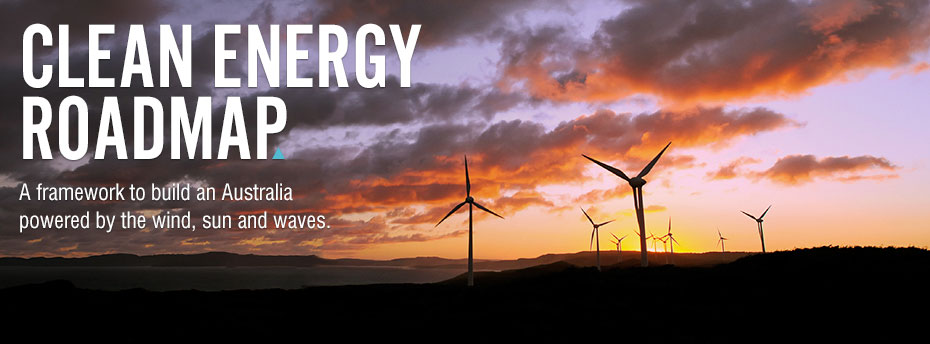The Greens' climate and energy policies are described on their website. Read them here.
Recently they launched a policy supporting a Renewable Energy Target of 90% by 2030 and a substantial increase in funding for the Clean Energy Finance Corporation to $ $3 billion per year for ten years, to help make it happen. Read more here and here and here.
KEY POINTS OF THE GREENS' PLAN
1.We are in a global warming emergency. If we are a society that cares about leaving a safe climate for our children, and if Australia is to contribute fairly to the global challenge of limiting global warming to less than 2 degrees, our long‐ term carbon budget is going to be tight and emissions from the electricity sector must ultimately fall to zero.
2.The cheapest way to decarbonise the electricity sector is to plan the transition early and build the right energy infrastructure in the right place at the right time. The objective is to avoid wasting time and money on investments that don’t adequately address climate change.
3.The debate is over, renewable energy is reliable. The argument that renewable energy is ‘intermittent’ and therefore unreliable has always been a gross over‐ simplification peddled by those with a vested interest in slowing investment in renewable energy.
4.Carbon pricing is an essential long‐term policy, but it is in Australia’s interest to make strategic decisions about our energy future now. If we wait for carbon prices to be high enough to drive investment away from coal and gas to renewables, we risk investing in generation and transmission assets that become increasingly uncompetitive, and under‐investing in renewable energy. Eventually, as carbon prices rise the emissions trading scheme will displace the Renewable Energy Target as the driver of renewable energy investment, but in the meantime it is in the national interest to have a 90% renewable energy target for 2030.
5.According to a recently published analysis by the Australian Energy Market Operator relying on 100% renewable energy is technically achievable. It can be achieved with a range of technologies in a myriad of ways. Other academic studies have reached the same conclusion.
6.Achieving 100% renewable energy by 2030 is projected to increase electricity prices by an amount similar to business as usual if there is at least some global action on climate change. A 90% RET by 2030 is a technically easier stepping stone on the path to 100% renewables.
7.If we are to roll out the renewable energy fast, the Clean Energy Finance Corporation needs the capacity for greater investment. The problem that the CEFC seeks to solve is that there are a range of financial barriers to commercialising and deploying cleaner energy technologies. The Greens will increase the guaranteed funding for the CEFC from $10 billion over five years to $30 billion over ten. This would increase spending from an average of $2 billion each year, to $3 billion each year.
8.To improve the coordination and planning of grid infrastructure, the Greens believe that the Australian Energy Market Operator should be established as a single, independent planning agency to administer a national transmission planning and reliability framework.
9.The budgetary impact of the Greens' plan to extend and increase the finance mandate of the Clean Energy Finance Corporation will be based on the same accounting principles applied by the Treasury and the Department of Finance and Deregulation: If an entity in the general government sector is undertaking investments to achieve a return, then they do not impact on the budget bottom line.
Download the Clean Energy Roadmap (PDF, 162Kb)
